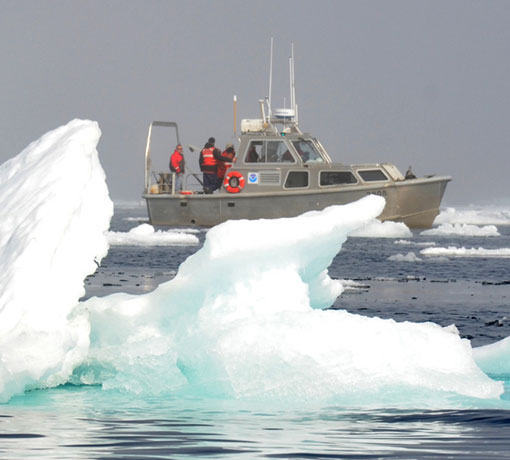To be able to deliver ocean forecasts and early warnings, climate projections and assessments and protect ocean health and its benefits, it is vital to measure Essential Ocean Variables (EOVs).
They help us interpret the connection between the ocean and elements such as the atmosphere, biosphere, hydrosphere, cryosphere, and anthroposphere.
Critical EOVs for us include those linked to ocean circulation and the distribution of and transport of heat, salt and other water properties
Because EOVs are perennial, they allow the observing system to change and develop around them as technology and capability evolve.
Focusing on EOVs enables ocean observations that cut across different observing platforms and offer the best, most cost effective plan for providing an optimal global view for each EOV.
Our GOOS Expert Panels identify the EOVs to use, based on:
- Impact: the variable addresses climate, operational ocean services and ocean health and also contributes to understanding from a scientific perspective or application from a service perspective.
- Feasibility: it is technically, politically and economically feasible to observe or derive the variable on a global scale using proven, scientifically understood methods.
When EOVs are identified, our Expert Panels create and share a series of recommendations. These include what measurements are made, observing options and data management guidelines.
The majority of EOVs are also Essential Climate Variables (ECVs) defined by the Global Climate Observing System. ECVs cover atmospheric, oceanic, and terrestrial domains. A number of OCG networks measure atmospheric and oceanic ECVs.
EOV specification sheets
Click to download each EOV specification sheet for details on requirements, tracing through from applications to phenomena to observing, and for authors for queries. The columns indicate the GOOS expert panel that has lead responsibility for each EOV.
Download the 2024 EOV specification sheet template here.
A guide on how to use the EOV specification sheets can be downloaded here.
Where next?

